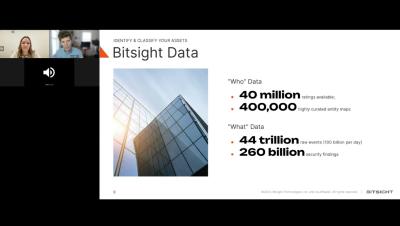How to prevent credential stuffing in 3 steps (e.g. naz.API)
Credential stuffing is a cyberattack method where attackers use lists of compromised user credentials to breach into a system. These credentials, often obtained from previous data breaches and available on various dark web forums, include combinations of usernames, email addresses, and passwords.











